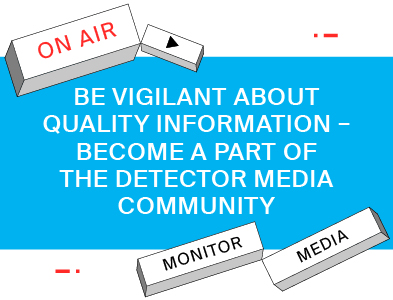Сonspiracy theories How conspiracy theorists explain events in Ukraine and the world: the theory of ‘Russian Kharkiv’
Propagandists continue to resort to conspiracy theories to justify Russia's aggression against Ukraine and explain events happening in the world. In particular, they spread the conspiracy theory that Kharkiv is allegedly a Russian city. It is based on historical manipulations and the distortion of contemporary realities.
Propagandists often mention that Kharkiv was founded in the 17th century as part of the Russian Empire and use this as a basis for their territorial claims. Additionally, agitprop and conspiracy theorists emphasize the exclusive use of the Russian language in Kharkiv, attempting to prove that this forms the city's ‘Russian identity’. Russia also seeks to portray Kharkiv as part of the ‘Russian world’, claiming loyalty from its population to Russia.
In spreading this theory, propagandists actively circulate fake claims about ‘repressions’ against Russian speakers in Kharkiv, the alleged ‘historical injustice’ of transferring the city to Ukraine, and supposed ‘calls’ from locals for integration with Russia.
In reality, Kharkiv was founded in the 17th century and has always remained an important center of Ukrainian culture, science, and education. The multilingual nature of the city's residents in everyday life does not indicate its Russian identity. Kharkiv has been and remains a crucial hub for Ukrainian literature, theater, and art. Moreover, the Kharkiv community actively resisted Russia's attempts to intervene in the region in 2014 and 2022. The city has become a symbol of resistance and Ukrainian unity.
The goal of this theory is to justify aggression against Ukraine, mobilize support among the Russian population, and attempt to undermine international support for Ukraine. In reality, Kharkiv is a Ukrainian city with a rich history, which strongly resists Russia's attempts to claim it.

